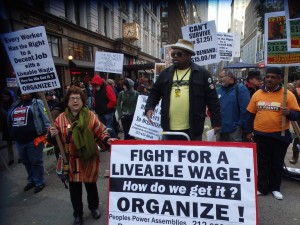Share
Follow Us
The U.S. News posted an article that did this odd thing. It argued against having an identity protective service. But pointed out how necessary protection is, “Identity theft has been the No. 1 consumer complaint for 14-straight years, according to the Federal Trade Commission, but it seems identity theft has grown to a contagion-level threat with recent large-scale data breaches. ”
Then there’s a story from Tyler Cohen Wood, cyber branch chief of an intelligence agency under the Department of Defense, who said its pennies to save the hassle and provide peace of mind. Her friend had a nightmare situation that took years of stress and attention to the world of red tape to deal with.
When Identity Theft Happens It’s In A Spectrum Of Severity
Sometimes it’s just a lost and stolen credit card and someone had a good guess about your zip code and could use it! And you see it within a month on your statement and you call you bank. You verify you did not make those purchases and off they go. 
Sometimes an identity theft takes you whole life, in essence. It’s possible for someone to get a car loan in your name, and then not pay it! Steal the car, and leave you dealing with the debt.
Catching the theft QUICK is key to minimizing damage. Unchecked, you are shark bait. Good Luck!
The argument against getting identity theft protection is that you can check your credit yourself. And you can! But you’ll be hard pressed to find a frequent credit check that’s free. Then you need to interpret the information; deal with it. In those 15 minutes you could have made 3.33 dollars, working at minimum wage. Instead you saved .33 cents.
This is my favorite argument for buying in…if everyone had professional identity theft protection then desperate people considering this option will be far, far less likely to do it…because every person they targeted would be alerted right away of the new activity. Then the most desperate could get savvy and innovative, except the money is in the hands of the super hero…staying one step ahead of them as a full-time job. Don’t you have other jobs to do? Rather than worry about potential delinquent behavior of imperfect strangers?
Our World Would be Safer If Identity Theft Were A Given For Everyone
The fact that it’s out there and that’s well known…is a deterrent to the crime. Sure, you could piggy-back on that…forget to check all your information, accounts and WA la!
If people checked their credit themselves…open new PO boxes in a different zip code to associate with their accounts…there is a hassle and a likelihood that it wouldn’t get done! Because it’s not an imminent threat, right? You cannot see identity thieves…and with so much shark bait it’s an intriguing option of getting away with it…
It’s an act of common courtesy. It’s job creation for families. It’s a bill that you can automate, NEVER think about it…and it builds credit all while you aren’t looking.
Click here to get your minimum at .33cents/day
ShareFollow Us
The post Minimum .33 Cents Per Day To Avoid Identity Theft Calamity appeared first on Ultimate Identity Protection Services.
ShareFollow Us!



